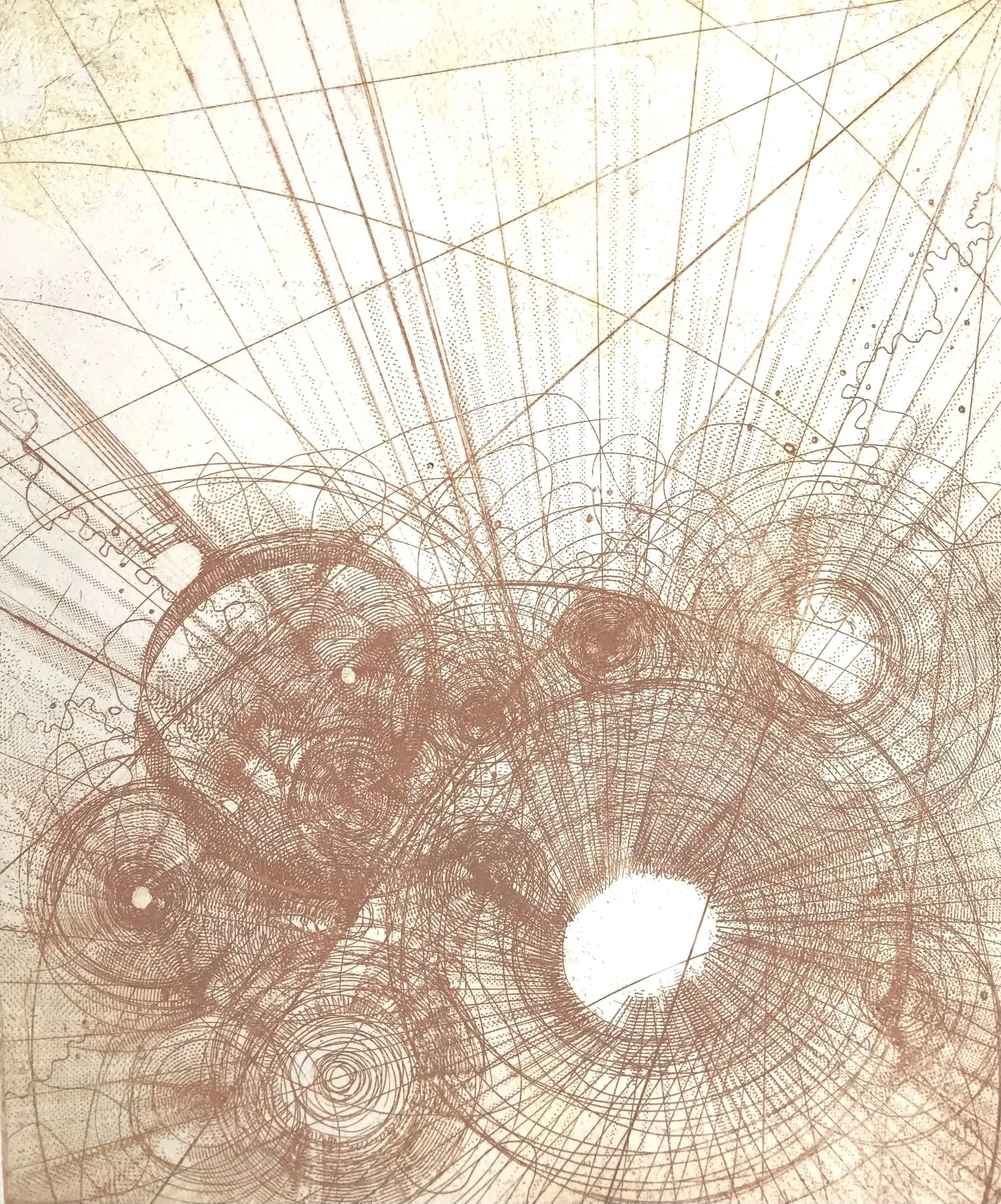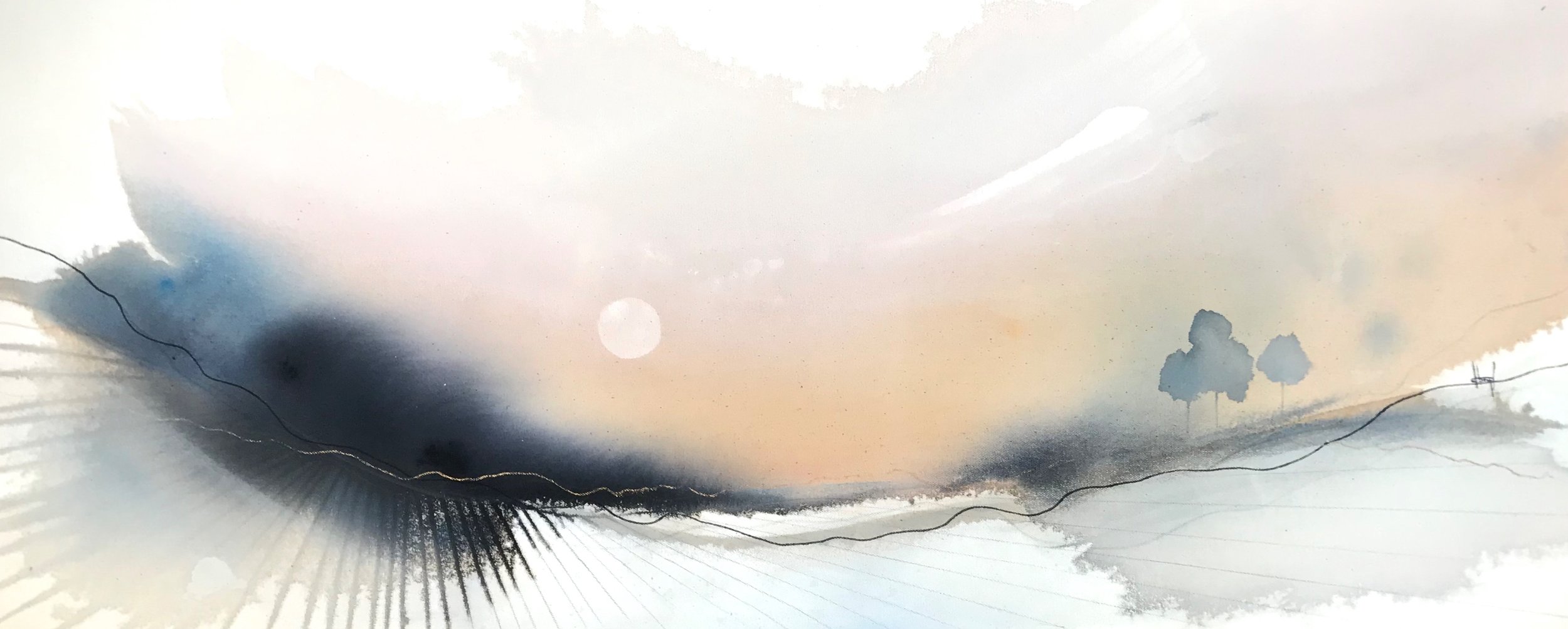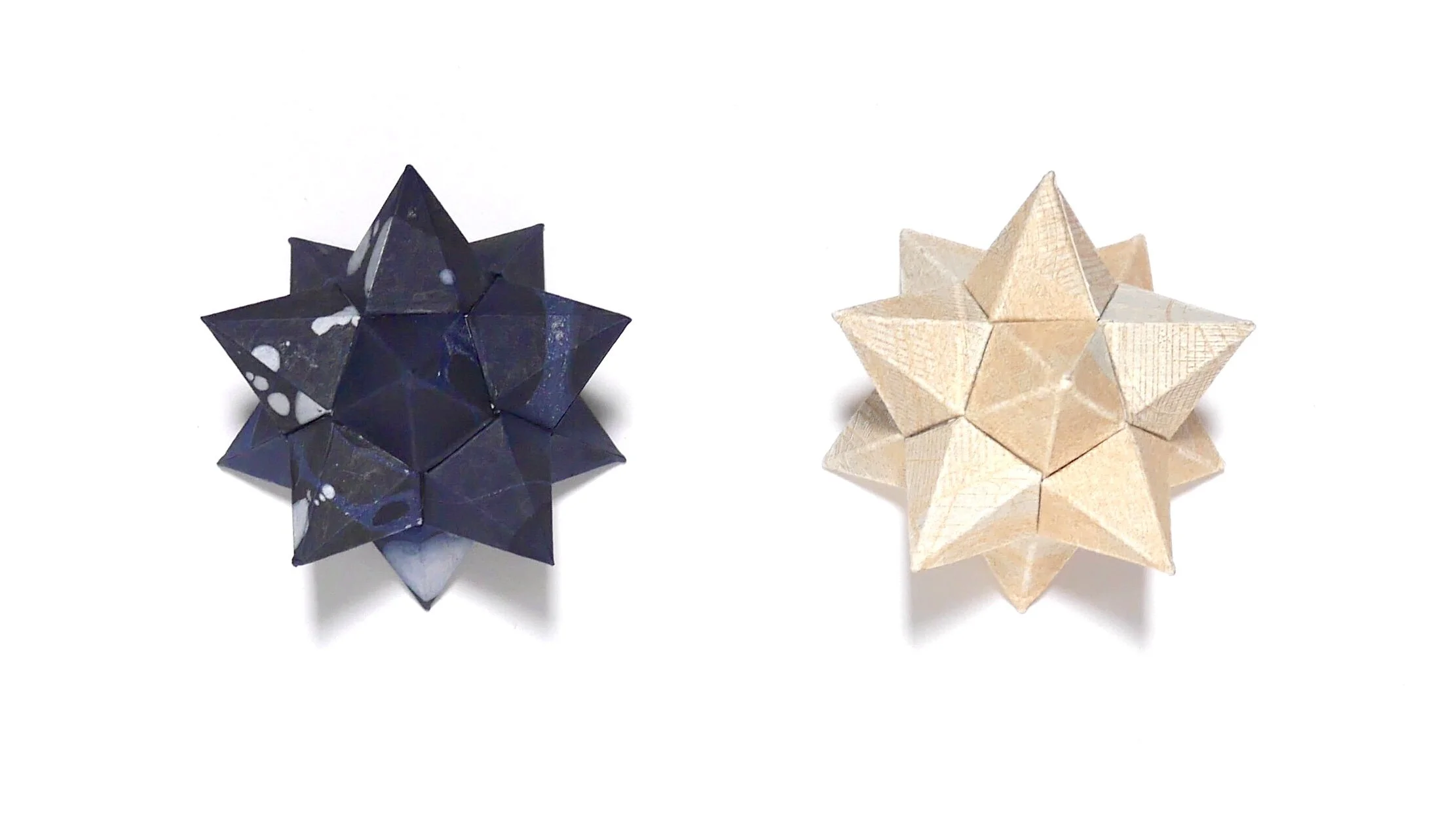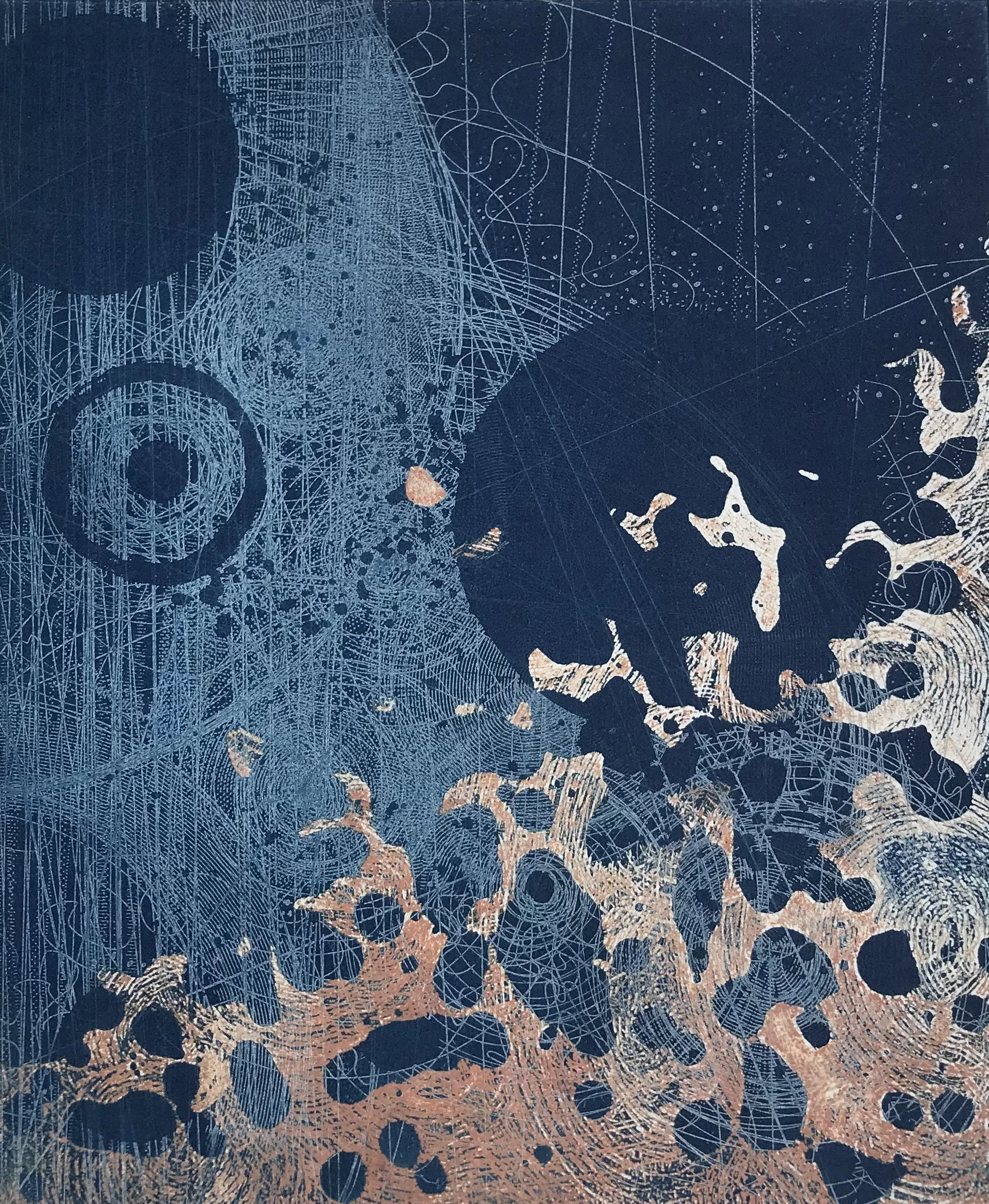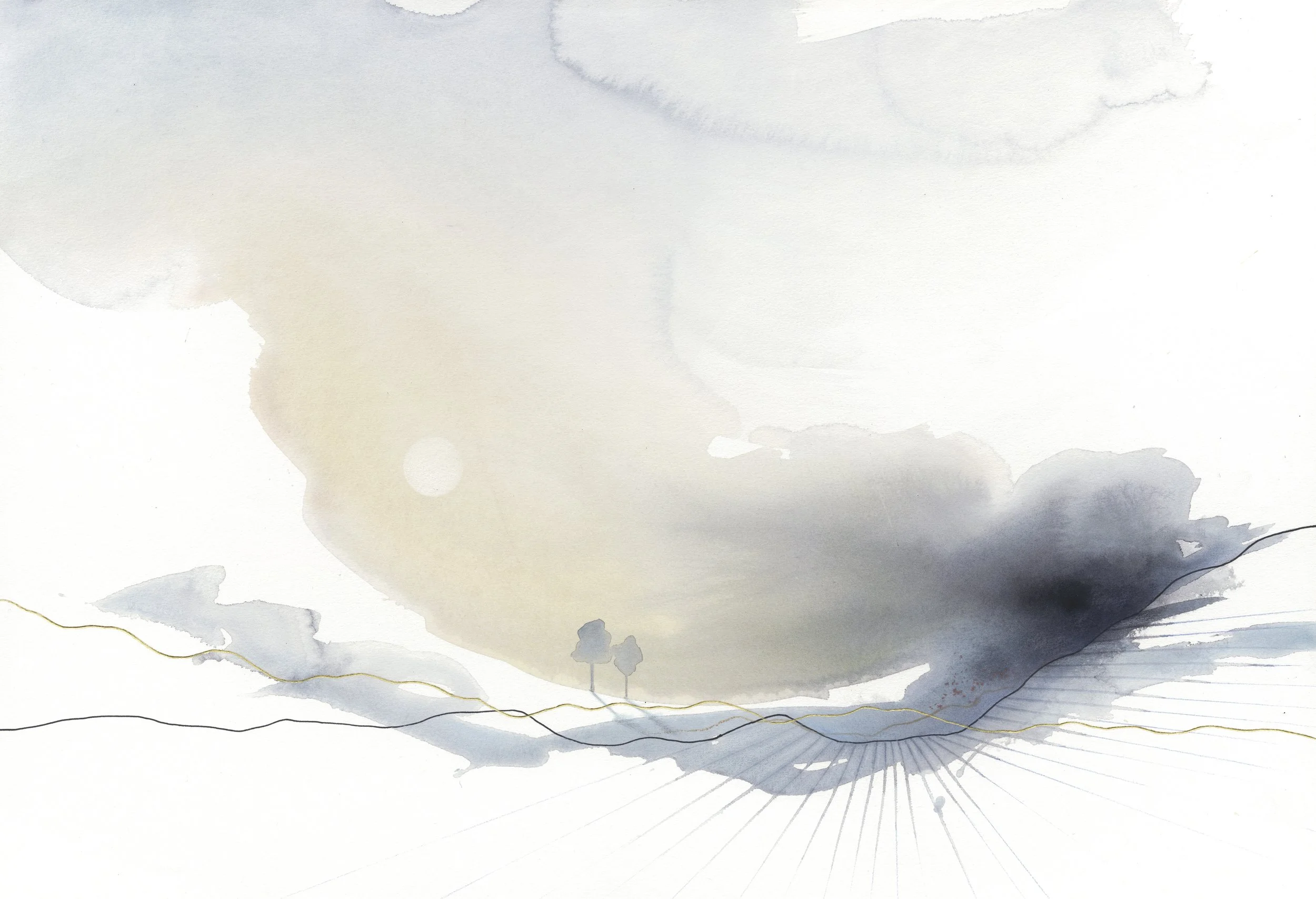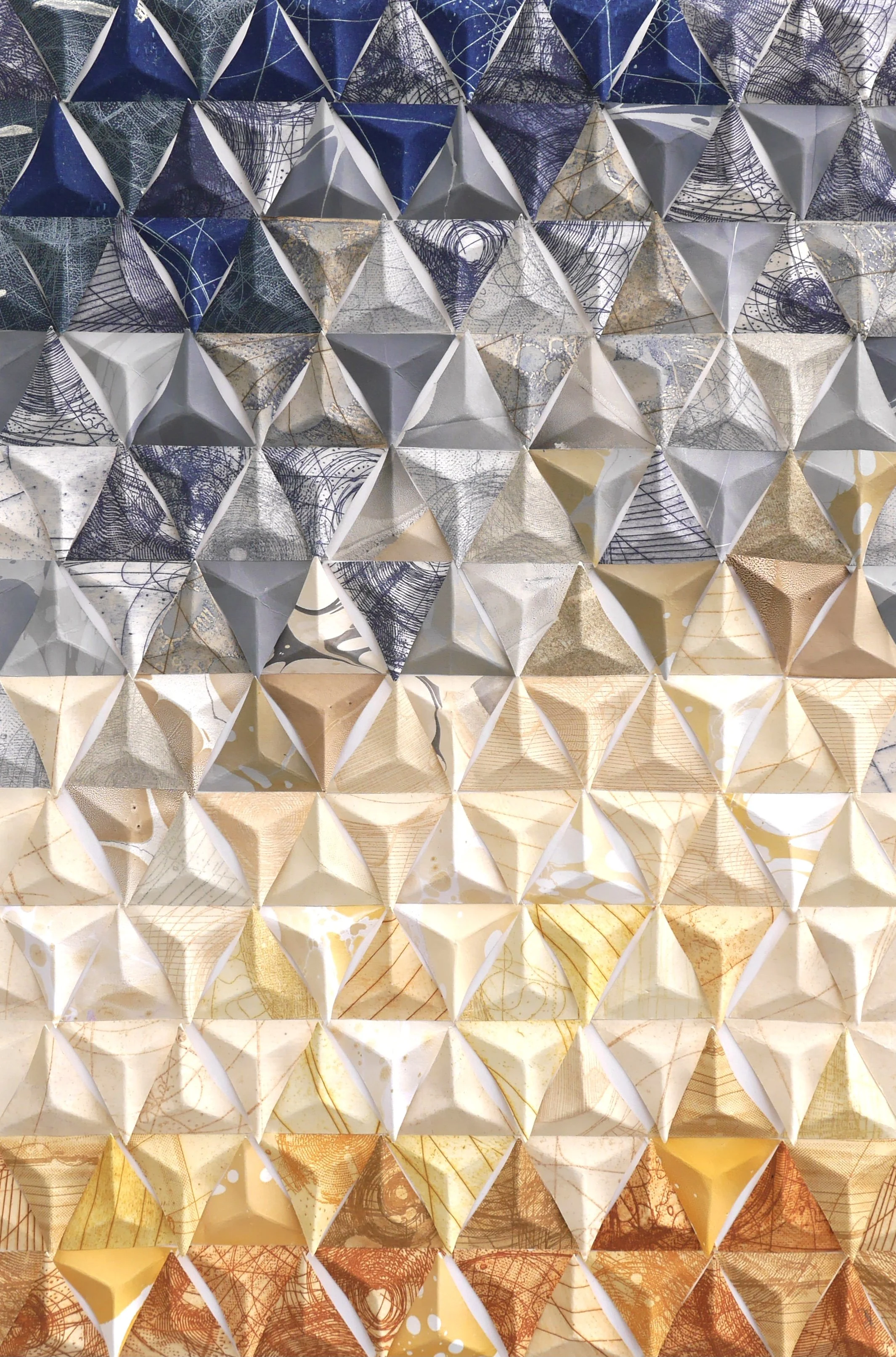ARTIST INTERVIEW: Louisa Boyd
Please can you tell me about yourself.
My name is Louisa Boyd and I’m a multidisciplinary artist. I work with paint, print and sculpture. I graduated in 2001 and I’ve worked as an artist ever since.
Tell me about your journey. What inspired you to become an artist?
I always wanted to be an artist, even as a young child, it was almost as if I didn’t have any other option. I always immersed myself in artwork from a very early age. It was a natural progression to complete an arts degree and to develop my practice after completing that course. I’ve been fortunate to receive support from collectors from a very early stage in my career and so had the space and opportunity to continue to develop my work.
You are inspired by the natural world, how is this portrayed in your work?
All of my work is inspired by ideas around belonging and how our connection to nature can help us to feel grounded. Some of my works are more literal responses to this theme and others are more abstract. My landscape paintings are not intended to be of somewhere specific, but instead illustrate the nostalgic feeling of a place and the sense of belonging that comes with recognisable natural forms and landmarks, helping us to connect with our home. My prints and sculptures use abstract map-like imagery to show ideas of belonging and symbols of nature such as the Platonic solids which represent the natural elements.
What excites you about abstract art?
I love that abstraction allows artists the freedom to express themselves without confines. I’m interested in using art as a means of experimentation and expression and abstract mark-making informs the starting points of every piece of work I make. This allows movement and energy into the pieces at the onset of each work.
Tell me about your fascination with books and how they’re incorporated into your artwork.
Books have always been an important part of my world. To me they signify home; I grew up surrounded by them. My interest in using bookbinding in my own work began when I was exploring ways to work with paper three dimensionally. As the ideas behind my work have developed, I have sought out training from bookbinders to further my skills. Traditional skills fascinate me and add to the conversation about belonging from a cultural perspective. I utilise many traditional bookbinding techniques in my work as it helps to represent this. They turn up in unexpected places using metal foils in paintings and bonefolders to finish my paper sculptures.
Describe your creative process; from start to finish of one of your pieces. Where do you find your inspiration?
This is a really tricky question and I’m not sure I can answer it easily. I work with so many different processes and could describe each one of them in detail to you, but I’m not sure that it is easy to choose just one to do so with. It’s possibly easier to describe my way of working as a whole. I always have a number of strands of work I’m dealing with at any given time and whilst I’m working on one of them, I’m thinking about how I would progress the others. I’m never unsure of what I will do next, there is always a plan. In that respect, although there are ‘finished pieces’ on the way, all the work is a continuation of what has gone before. They are more like a series of satisfactory experiments than final works. Many of the works inform others, with numerous complex processes, so I may have made a new series of abstract prints in the print room and then I will be thinking about a sculptural work that would be made using them. Some of the prints will only ever be prints, some may become books, some may become digital animated videos. Sometimes the markmaking I do to start a painting is not something I choose to take further and that will be the end of that experiment. I’m never sad when a piece doesn’t work out, it’s just part of the process and there’s always something else to move onto. The process itself is always experimental, and always growing from what has gone before.
What are the key materials and techniques that you use in your work?
Paper is key to my work and I love the fact that there is a confidence we have with the material. Having handled it and the tools used to manipulate it from an early age, it feels very intuitive to work with paper. In terms of painting, my preferred medium is watercolour as I love the unpredictability of the medium, but I also work with acrylics too. For my prints, I primarily work with etching techniques using copper plates and oil based inks, though I like to explore other print methods too such as screen printing, engraving and lino.
Does art help you in other areas of your life?
One of the reasons my work centres around the idea of belonging is that I use it as part of my own journey to find my own sense of place. The mindful walks that inspire my work are essential to help me feel grounded and I never feel happier than when I am immersed in the making process.
Who is your favourite artist and why? Do they have an influence on your work?
I have many favourite artists, all have an influence on what I do and there are nods to them throughout my work. Just three that spring to mind are MC Escher, JMW Turner and Naum Gabo. I spend much of my spare time visiting exhibitions and furthering my knowledge of both art history and the contemporary art scene, where works continue to inspire what I do next in my own practice.
What do you think makes your work unique?
I think that we all have our own visual language when it comes to producing art and therefore we can only make work in our own, unique style, unless of course we are trying to replicate someone else. I think that due to the numerous complex processes I employ when creating pieces, it would be difficult for someone else to make similar work. I imagine this gives it a unique quality.
Why do you think art is important in society?
Art is a way of communicating and at any given point in history, the art made adds something to the conversation about what is happening in society at that time. For that reason, it is always important to look to the work being produced to understand what is important or of interest to a society.



